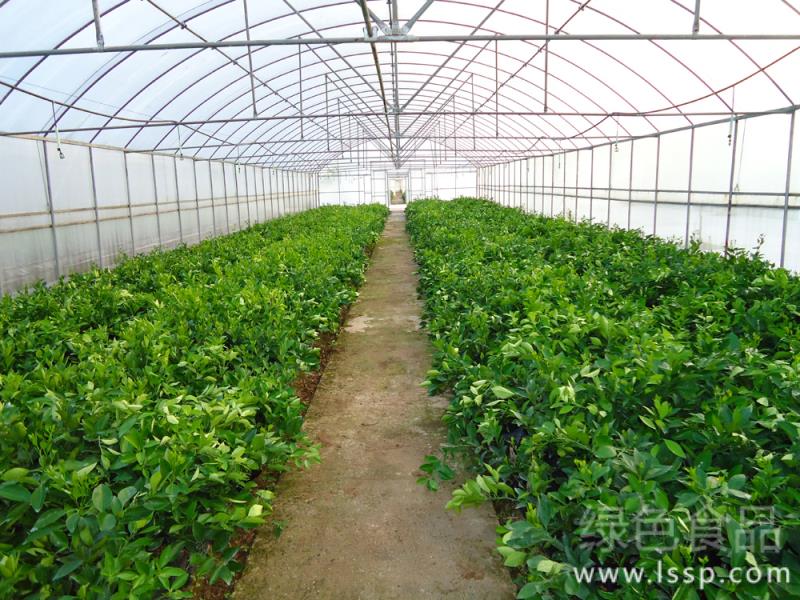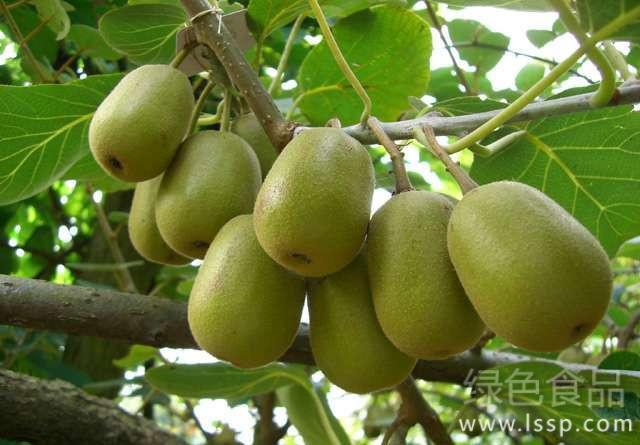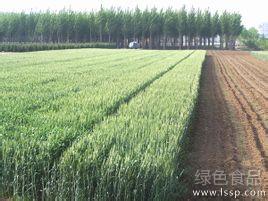The harm to vegetables is very serious how to prevent air damage when growing vegetables in greenhouse

Greenhouse vegetables
In winter and spring, the plastic greenhouse is airtight, with high temperature and humidity, and vegetables with exuberant growth are vulnerable to harmful gases, resulting in poor growth and development, and wither and die in serious cases. In this regard, many vegetable farmers mistakenly think that it is a disease and blindly spray control, resulting in great losses to vegetable production.
I. types and hazards of harmful gases
1. Nitrous acid gas and ammonia gas: these two gases mainly come from the application of nitrogen fertilizer and organic fertilizer, especially in the case of excessive fertilization and soil drought, the fertilizer is exposed to high temperature in the greenhouse. It will decompose and produce a large amount of ammonia in a short period (usually 3-4 days after fertilization). When the concentration of ammonia exceeds 5ppm, some sensitive vegetables, such as cucumbers and tomatoes, will be harmed. At first, the leaves are scalded by boiling water and turn brown after drying. When the concentration of ammonia reaches 4%, the vegetable seedlings will die in 24 hours. When the content of nitrous acid gas in the air reaches 2~3ppm, it will make eggplant, tomato, pepper and other sensitive vegetables suffer, the symptoms mainly occur on the leaves near the ground, rarely harm the new leaves, at first, like being scalded by boiling water, and then, due to the acidizing effect of nitrous acid, the veins gradually turn white, leaving only veins in serious cases, and the mesophyll bleached and withered; this situation often occurs in the 10th and 15th days after fertilization. It is the easiest to test whether the ammonia and nitrous acid are excessive in the plastic greenhouse. The most commonly used method is to determine the pH of water droplets dripping from the roof of the greenhouse, that is, PH value: under normal circumstances, the PH value of water droplets is 7.0 to 7.2, that is, neutral or slightly alkaline, if the water droplets are alkaline, it means that ammonia is too much; if the water droplets are acidic, the nitrous acid gas is too much, and the PH value is below 5.5, which will cause harm.
two。 Carbon monoxide and sulfur dioxide gas: when the plastic greenhouse is heated by coal fire, a large amount of carbon monoxide and sulfur dioxide gas is often produced due to incomplete combustion or blocked flue. The harm of these two kinds of gases can be divided into three types: one is recessive poisoning, the vegetables themselves have no obvious damage, but the assimilation function decreases, the quality becomes worse, and generally has little effect on the yield; the second is chronic poisoning, the gas invades from the stomata on the back of the leaves, brown spots appear in and around the stomata, and the surface yellowing; the third is acute poisoning, resulting in albino symptoms similar to nitrous acid gas hazards.
3. Poisonous gas emitted by the plastic film itself: some plastic films will produce some volatile substances, such as ethylene, chlorine, 2-isobutyl phthalate, etc., and can invade the plant through stomata or water pores on the leaves. destroy cell tissue and chloroplasts, so that photosynthesis is significantly weakened, seriously affecting the yield and quality of vegetables. Some data show that when the amount of 2-isobutyl phthalate dissolved in greenhouse film water droplets reaches 10~30ppm, the water droplets will be seriously toxic after atomization or absorption by vegetables through roots and leaves. The concentration of chlorine in the air reaches 0.1ppm, and the radish can be damaged by exposure for 2 hours, and the concentration can reach 0.5~0.8ppm. Most vegetables can be injured by exposure for only 4 hours. At first, irregular spots or lumps of white or light brown appear between the veins, and in severe cases, the whole leaf turns white or even falls off. When the concentration of ethylene gas in the protected field reaches more than 1ppm, it can yellowing between the leaf margin and vein of vegetables, and then turn white until withered. In addition, according to the experimental observation, ethylene can also make the leaves of many kinds of vegetables sag (this symptom is called "upper reaction"), and has an inhibitory effect on tomato seedlings; in the concentration range of 0.1~3ppm, tomato, eggplant and so on will appear abnormal shedding of flowers, buds, young fruits and leaves.
In addition, excessive use of aerosol pesticides in the greenhouse will also cause harm to vegetables, such as excessive use of chlorothalonil fumigant will wilt the top and edge tissues of vegetables, especially under high temperature and high humidity conditions.
II. Prevention and control measures
The harmful gases in the greenhouse not only affect the growth and development of vegetables, but also directly endanger the health of vegetable farmers. Therefore, active measures must be taken for prevention and control.
l. Scientific fertilization. Fertilization for vegetables in greenhouse should be based on high-quality soil and miscellaneous fertilizer, properly increase phosphorus and potassium fertilizer, apply as little nitrogen fertilizer as possible, do not apply cake fertilizer and human feces and urine, and adhere to base fertilizer, supplemented by topdressing. Topdressing should be strictly in accordance with the principle of "a small number of times" to prevent excessive fertilization; generally, the topdressing of urea should not exceed 0.6 kg per 10 square meters. The method of topdressing is to open a ditch and apply it deeply, then cover it strictly with soil, and water it in time to dilute the fertilizer.
two。 Ventilate and breathe in time. When the temperature is high at noon, open the vents to make the air circulate; even in cloudy or snowy days, it is necessary to carry out a short period of ventilation at noon in order to reduce harmful gases in the shed and reduce air humidity as much as possible.
3. Reduce the source of poison gas. When the plastic greenhouse is heated by coal fire, the fuel should be fully burned as far as possible, and a chimney should be installed on the stove to export the harmful gas out of the shed.
4. Choose non-toxic plastic film. Do not use plastic film mixed with more plasticizer as greenhouse film.
5. Remedial measures. It is found that greenhouse vegetables are harmed by sulfur dioxide, timely spraying barium carbonate, lime water, stone-sulfur mixture or 0.5% synthetic detergent solution; cucumber is harmed by ammonia, spraying 1% vinegar solution on the opposite side of the leaf has obvious effect.
- Prev

Pruning principles and techniques of reasonable pruning kiwifruit in winter
Pruning principles and techniques of reasonable pruning kiwifruit in winter
- Next

Analysis on the Technical characteristics of "intercropping and multiple cropping" Model in Wheat Field
Analysis on the Technical characteristics of "intercropping and multiple cropping" Model in Wheat Field
Related
- Fuxing push coffee new agricultural production and marketing class: lack of small-scale processing plants
- Jujube rice field leisure farm deep ploughing Yilan for five years to create a space for organic food and play
- Nongyu Farm-A trial of organic papaya for brave women with advanced technology
- Four points for attention in the prevention and control of diseases and insect pests of edible fungi
- How to add nutrient solution to Edible Fungi
- Is there any good way to control edible fungus mites?
- Open Inoculation Technology of Edible Fungi
- Is there any clever way to use fertilizer for edible fungus in winter?
- What agents are used to kill the pathogens of edible fungi in the mushroom shed?
- Rapid drying of Edible Fungi

